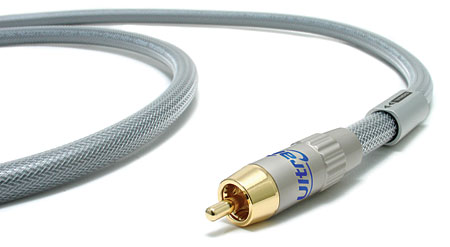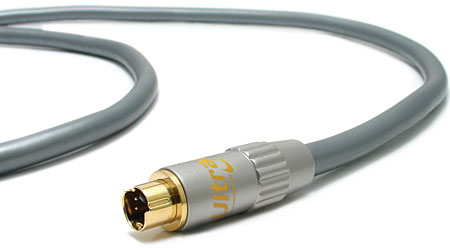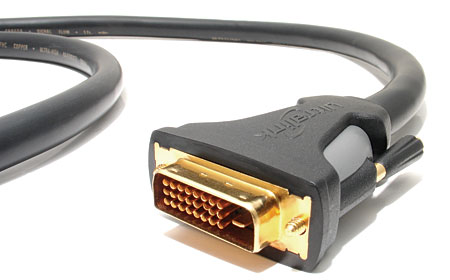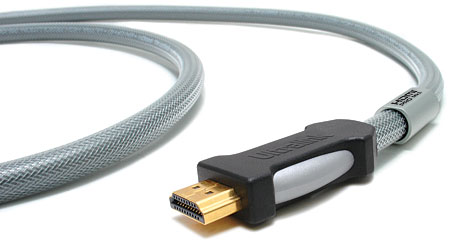Video Cables use a wide variety of transmission techniques and connectors. The following are the most common connectors and signal formats used in video.
Composite Video RCA Cable connector
This signal transmission is a composite signal of all the video information on a signal cable. This analog signal contains both chrominance (color) and luminance (brightness) on the same 75 ohm cable. Almost all consumer products use a RCA connector for this cable. In professional installations, the use of a BNC connector is the connector most widely used.

S-video Connection
The S-video connector was an improvement over the RCA connector. With S-video, the video signal is split into two separate signals, luminance (brightness) and color. By splitting this signal, video artifacts, that a composite signal creates, are avoided in the transmission The S-video connector is a four pin configuration using a mioni-DIN shaped connector,

Component Video
This signal is three separate signals usually carried on three separate RCA cables. The first signal is luminance (brightness). It is referred to as the “Y” component. The second and third signals are the “color difference” signals which are the amount of blue and red signal relative to the luminance signal. The blue component is “B-Y” and the red component is “R-Y” . The green signal is inferred from the other three signals of luminance, red and blue. The three wires use 75 ohm cable.
It is extremely important that all three signal cables are identical in all aspects including length. If different lengths are used, the color integrity will be sacrificed. A BNC connector is typically used in professional applications. In almost all consumer products, a RCA connector is used for component video cables.

DVI-D
Today’s digital video is originally connected via DVI-D connectors. DVI-D predates HDMI connectors, but DVI-D did not send PCM digital audio along with the video signal. The DVI-D connector is large and therefore more difficult to send through walls than the newer connector, HDMI.

HDMI—High Definition Multimedia Interface
The introduction of HDMI allows for both digital video and PCM digital audio to be sent via the same connector. If you are hooking up a Home Theater system, HDMI will probably be one of the available connectors. Please be aware that not all HDMI systems can communicate reliably when components, such as a home theater receiver, are used between the source (DVD Player, for example) and the video display. HDMI has developed new standards, currently 1.3b to help correct these problems of communication. Not all receivers and displays use the new 1.3b standard.

All Ultralink and XLO HDMI cables meet and exceed the 1.3b standard.
Click here to learn more about HDMI
